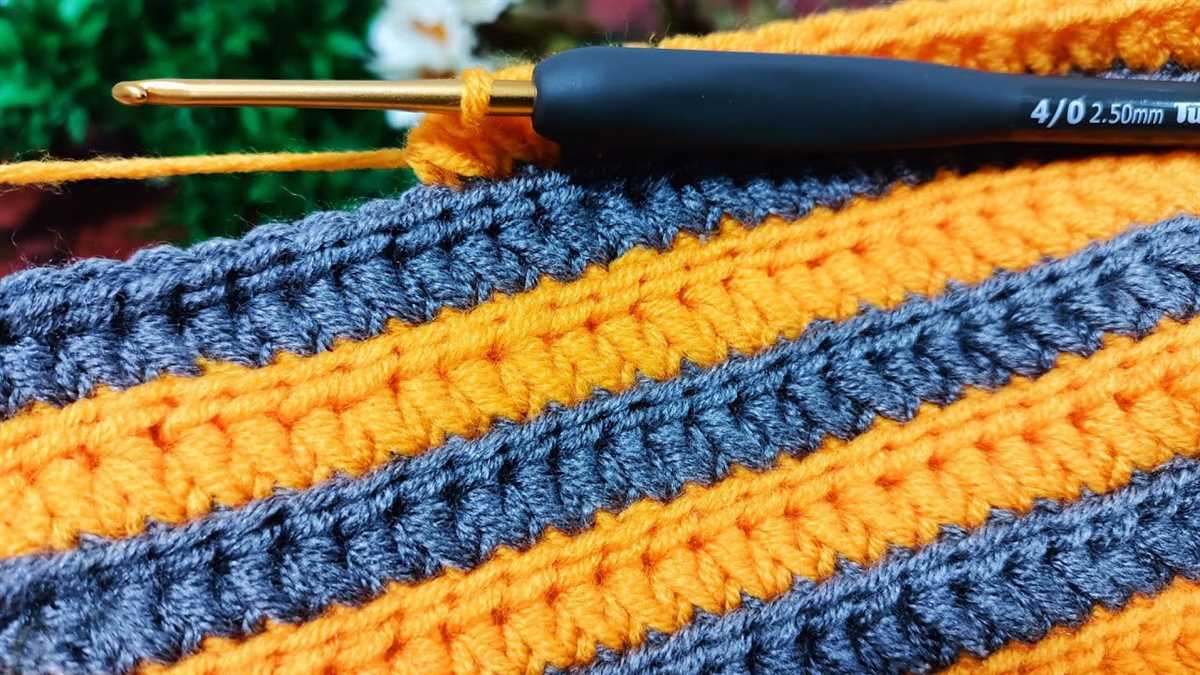
Knitting and crochet are two popular crafts that allow you to create beautiful and unique items, such as clothing, accessories, and home decor. While they share some similarities, such as the use of yarn and needles/hooks, there are also significant differences between the two techniques.
One question that often arises for crafters is whether it is possible to convert a knitting pattern to crochet or vice versa. The answer is yes, it is possible to convert a knitting pattern to crochet, although it might require some adjustments and creativity.
Knitting patterns are typically written in a language specific to knitting, with instructions for using two or more knitting needles. Crochet patterns, on the other hand, are written in a language specific to crochet, with instructions for using a crochet hook. While the general concept of the pattern can be translated between the two techniques, the stitches and techniques used in knitting are not always directly transferable to crochet.
To convert a knitting pattern to crochet, you will need to closely examine the stitches and techniques used in the knitting pattern and find corresponding crochet stitches and techniques. This may involve making adjustments to the size, shape, or structure of the item to accommodate the differences between the two techniques.
Understanding the Difference between Knitting and Crochet
Knitting and crochet are two popular needlecraft techniques that are often used to create beautiful and intricate designs. While both involve working with yarn and creating fabric, there are some key differences between the two.
Knitting: Knitting is a technique that uses two pointed needles to create fabric. It involves creating loops with one needle and then transferring those loops onto the other needle. Traditional knitting patterns are written using abbreviations and symbols that indicate different stitches and techniques.
Knitting Stitches: Common knitting stitches include knit and purl stitches, which create different textures and patterns. Other stitches, such as cables and lacework, can also be created using knitting techniques. Knitting is often known for its stretchy and elastic fabric, making it suitable for garments like sweaters and socks.
Crochet: Crochet, on the other hand, uses a single hook to create fabric. Instead of transferring loops between needles, crochet involves creating loops and pulling yarn through those loops. Crochet patterns are typically written using abbreviations and symbols that indicate different stitches and techniques.
Crochet Stitches: Crochet stitches include single crochet, double crochet, and treble crochet, among others. These stitches can be combined in various ways to create different textures and patterns. Crochet fabric tends to be denser and less stretchy than knitting fabric, making it suitable for items like blankets and amigurumi toys.
Converting Knitting Patterns to Crochet: It is possible to convert a knitting pattern to crochet, but it may require some adjustments. Since knitting and crochet create fabric with different characteristics, some stitch patterns may not have a direct equivalent in the other technique.
- When converting a knitting pattern to crochet, you may need to choose different stitches or adjust the stitch count to achieve the desired result.
- Understanding the basic differences between knitting and crochet can help you make informed decisions when converting patterns.
- It can also be helpful to consult resources or seek advice from experienced crocheters who have experience with pattern conversions.
In conclusion, knitting and crochet are two unique needlecraft techniques that offer endless possibilities for creativity. Whether you prefer knitting or crochet, both have their own distinct features and advantages. Understanding the differences between the two can help you choose the right technique for your project and successfully convert patterns when needed.
Examining the similarities and differences in stitch patterns
The relationship between knitting and crochet is often compared, as both crafts involve creating fabric with yarn and needles/hooks. While the basic techniques may be similar, the stitch patterns used in knitting and crochet can vary significantly.
Knitting stitch patterns: Knitting typically involves creating fabric by interlocking loops using two or more needles. The stitch patterns in knitting are often created by manipulating the position of the stitches on the needles. Some common stitch patterns in knitting include stockinette stitch, garter stitch, ribbing, and cables. These patterns are created by repeating a sequence of knit and purl stitches or by utilizing various knitting techniques.
Crochet stitch patterns: Crochet, on the other hand, uses a single hook to create fabric with interlocking loops. Unlike knitting, crochet stitches are formed by pulling yarn through loops on the hook. This allows for a greater variety of stitch patterns and textures. Some popular crochet stitch patterns include single crochet, double crochet, granny squares, and shells. These patterns are created by combining different types of stitches and manipulating the height and placement of the loops.
Similarities: Despite their differences, knitting and crochet share some similarities in stitch patterns. Both crafts can create intricate designs and texture by repeating a combination of basic stitches. Additionally, some stitch patterns, such as ribbing and cables, can be replicated in both knitting and crochet with slight modifications.
Differences: The main difference between knitting and crochet stitch patterns lies in the look and feel of the finished fabric. Knitting tends to have a more even and smooth texture, while crochet can create thicker and more textured fabrics. Additionally, the construction of each stitch in knitting and crochet differs, resulting in distinct characteristics in the overall fabric.
Conclusion: When converting a knitting pattern to crochet or vice versa, it’s important to consider the differences in stitch patterns. While some stitch patterns can be translated between the two crafts, others may need to be modified or substituted to achieve the desired outcome. Understanding the distinctions in stitch patterns can help crafters successfully adapt patterns and create beautiful projects in either knitting or crochet.
Identifying the challenges of converting knitting patterns to crochet
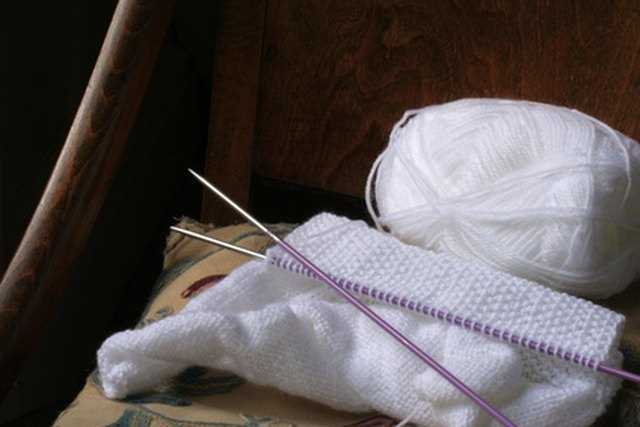
Converting knitting patterns to crochet can be a rewarding challenge for crafters looking to explore new techniques and create unique projects. However, it is important to be aware of the differences between knitting and crochet in order to successfully convert patterns.
Understanding stitch structure: One of the main challenges when converting knitting patterns to crochet is understanding the fundamental differences in stitch structure. Knitting creates a fabric with loops interconnected horizontally, while crochet creates a fabric with loops interconnected vertically. This means that when converting a knitting pattern to crochet, the stitches will need to be rearranged to accommodate this difference.
Substituting stitches: Another challenge is finding suitable substitutes for knitting stitches in crochet. Knitting often involves intricate stitch patterns, such as cables or lace, that are not easily replicated in crochet. Crafters may need to experiment with different crochet stitches or techniques to achieve a similar effect. It is also important to consider the gauge and tension of the pattern, as these factors can differ between knitting and crochet.
Adjusting for shape and drape: Knitted fabrics tend to have more stretch and drape compared to crochet fabrics. When converting a knitting pattern to crochet, it is important to consider how the different stitch structures will affect the shape and drape of the finished project. Adjustments may need to be made to the pattern in order to achieve the desired outcome.
Understanding pattern instructions: Knitting and crochet patterns often have different types of instructions and terminology. When converting a knitting pattern to crochet, it is important to take the time to understand the crochet-specific instructions and stitches used in the pattern. This may involve learning new crochet stitches or techniques.
Experience and experimentation: Converting knitting patterns to crochet requires some level of crochet experience and a willingness to experiment. It may take some trial and error to find the best way to adapt a knitting pattern to crochet. Having a solid understanding of both knitting and crochet techniques will be beneficial in tackling these challenges successfully.
Exploring the tools and materials needed for the conversion process
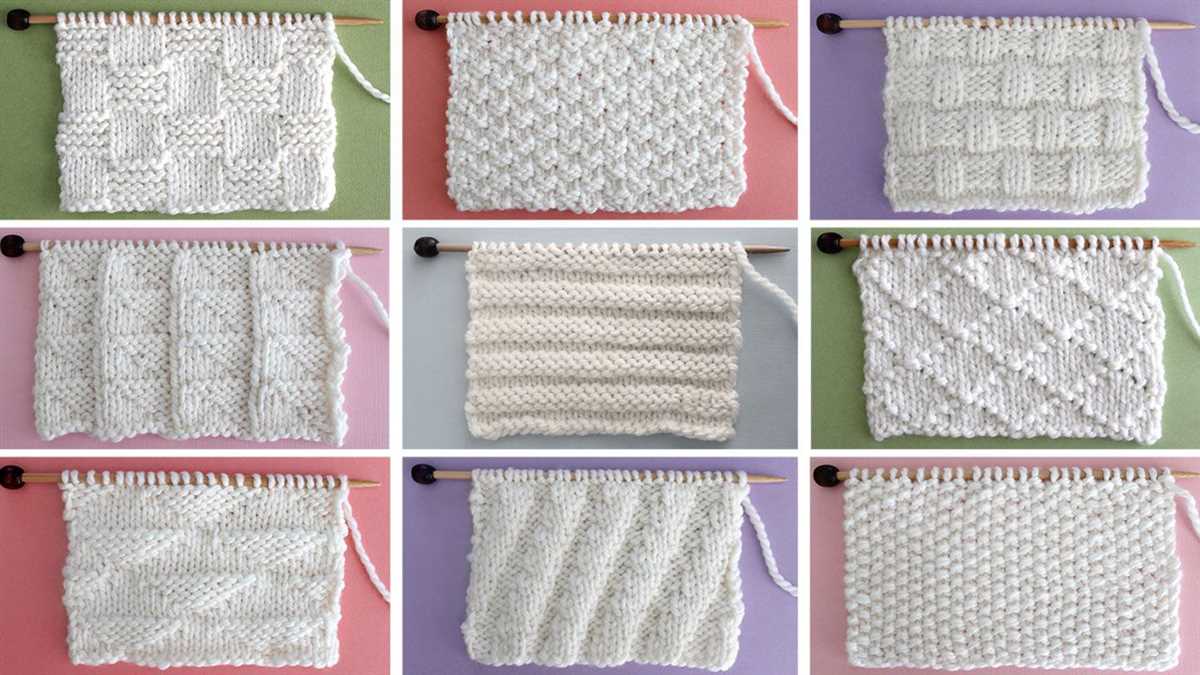
When converting a knitting pattern to crochet, it is important to have the right tools and materials in order to achieve the desired result. Both knitting and crochet require specific tools and materials, so understanding what is needed for each craft is essential in the conversion process.
Knitting needles: Knitting patterns typically call for knitting needles, which are long, slender tools with pointed ends. These needles are used to hold the loops of yarn while creating stitches. When converting a knitting pattern to crochet, these needles are not necessary, as crochet uses a different type of tool.
Crochet hooks: Crochet patterns require crochet hooks, which are shorter tools with a hook at one end. These hooks are used to pull the yarn through loops to create stitches. When converting a knitting pattern to crochet, it is important to have a range of crochet hooks in different sizes, as the size of the hook affects the size of the stitches.
Yarn: Both knitting and crochet patterns require yarn, but the type and weight of yarn may be different. When converting a knitting pattern to crochet, it is important to choose a yarn that is suitable for crochet and matches the gauge of the pattern. It is also important to consider the fiber content and texture of the yarn, as this can affect the final result of the project.
Stitch markers: Stitch markers are useful tools for both knitting and crochet. They are used to mark specific points in the pattern and can help ensure that the correct number of stitches are made. When converting a knitting pattern to crochet, stitch markers can be helpful in keeping track of specific instructions and stitch counts.
Tape measure: A tape measure is an essential tool for both knitting and crochet. It is used to measure the gauge of the project, as well as the size of the finished piece. When converting a knitting pattern to crochet, it is important to measure the gauge of the pattern and make any necessary adjustments to achieve the desired size.
In summary, when converting a knitting pattern to crochet, it is important to have the right tools and materials. This includes crochet hooks, suitable yarn, stitch markers, and a tape measure. By understanding the tools and materials needed for each craft, one can successfully convert a knitting pattern to crochet.
Step-by-step guide to converting a knitting pattern to crochet
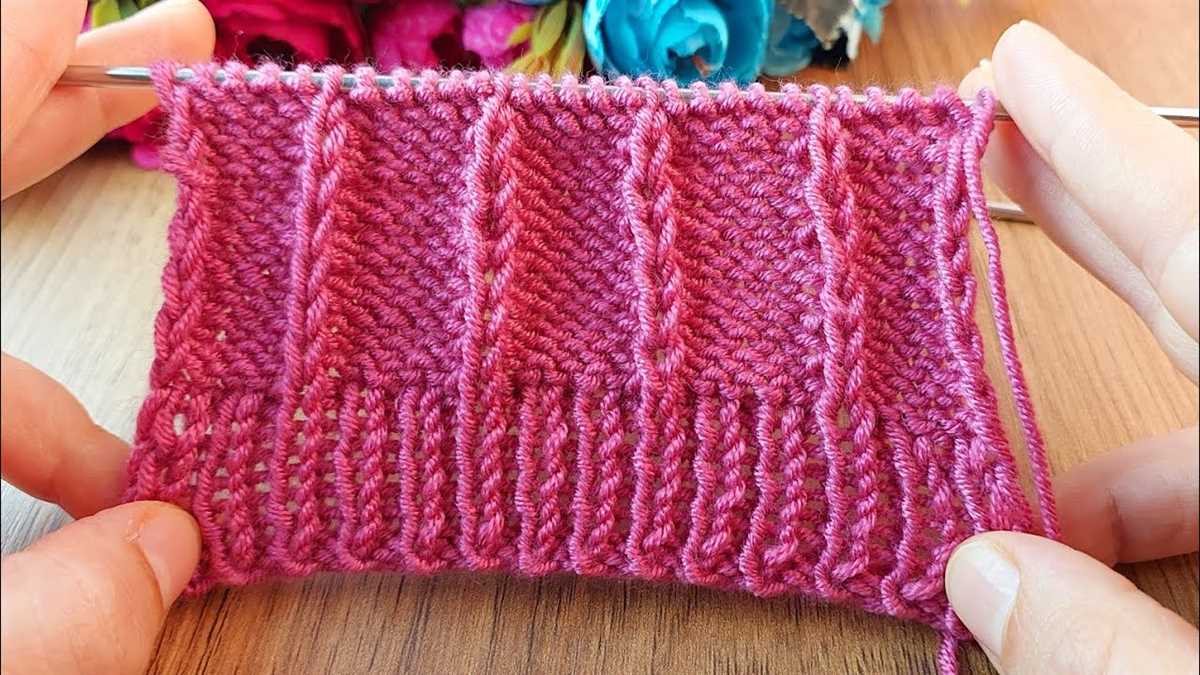
Converting a knitting pattern to a crochet pattern can open up a whole new world of possibilities for crocheters. However, it can be a bit tricky if you’re not familiar with both crafts. Here’s a step-by-step guide to help you convert a knitting pattern to crochet:
Gather the necessary materials:
Before you begin converting the pattern, make sure you have all the necessary materials. This includes crochet hooks in various sizes, yarn in the recommended weight and amount, and any other tools or embellishments mentioned in the knitting pattern. Having everything on hand will make the conversion process much smoother.
Read and understand the knitting pattern:
Take some time to read through the knitting pattern thoroughly. Pay attention to the stitches used, the gauge, and any special techniques or instructions mentioned. Understanding the knitting pattern will give you a clear idea of what you need to achieve with your crochet conversion.
Identify the equivalent crochet stitches:
Next, you’ll need to find the equivalent stitches in crochet for the knitting stitches used in the pattern. For example, if the knitting pattern calls for a knit stitch, you can use a single crochet stitch as the equivalent in crochet. Consulting a stitch conversion chart can be helpful in identifying the appropriate crochet stitches.
Adjust the stitch count:
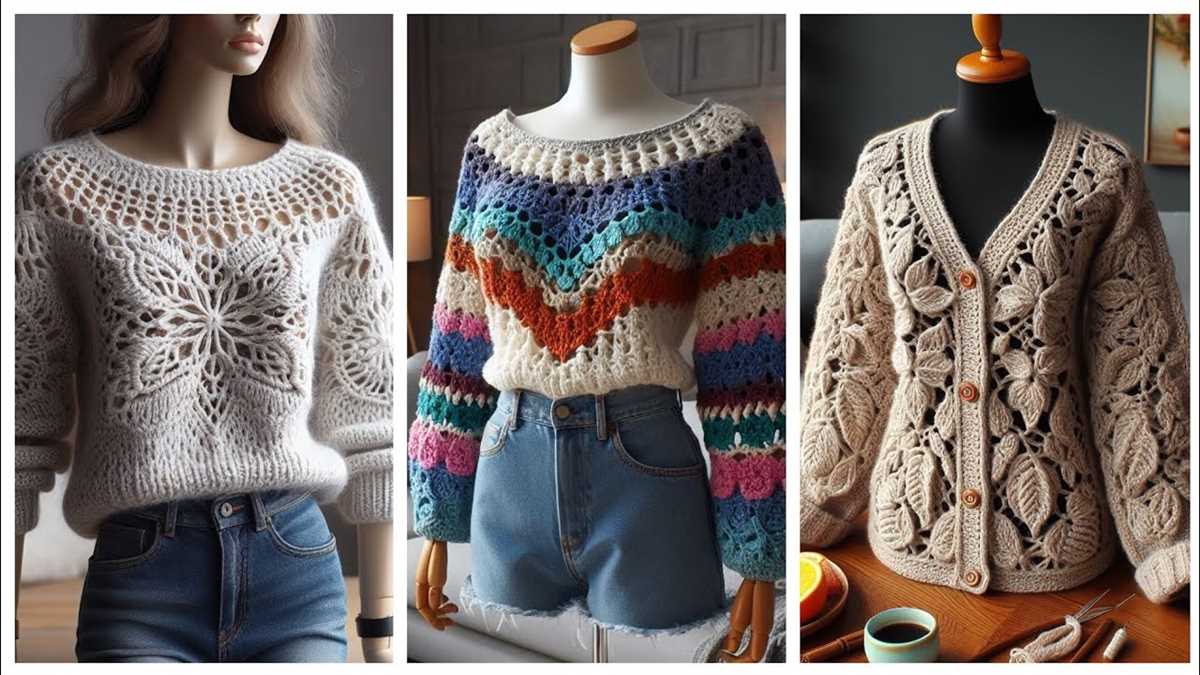
Since knitting and crochet have different stitch structures, the stitch count in the knitting pattern may not directly translate to the crochet pattern. You may need to make some adjustments to the stitch count to ensure that the dimensions of the finished project match the original pattern.
Create a crochet swatch:
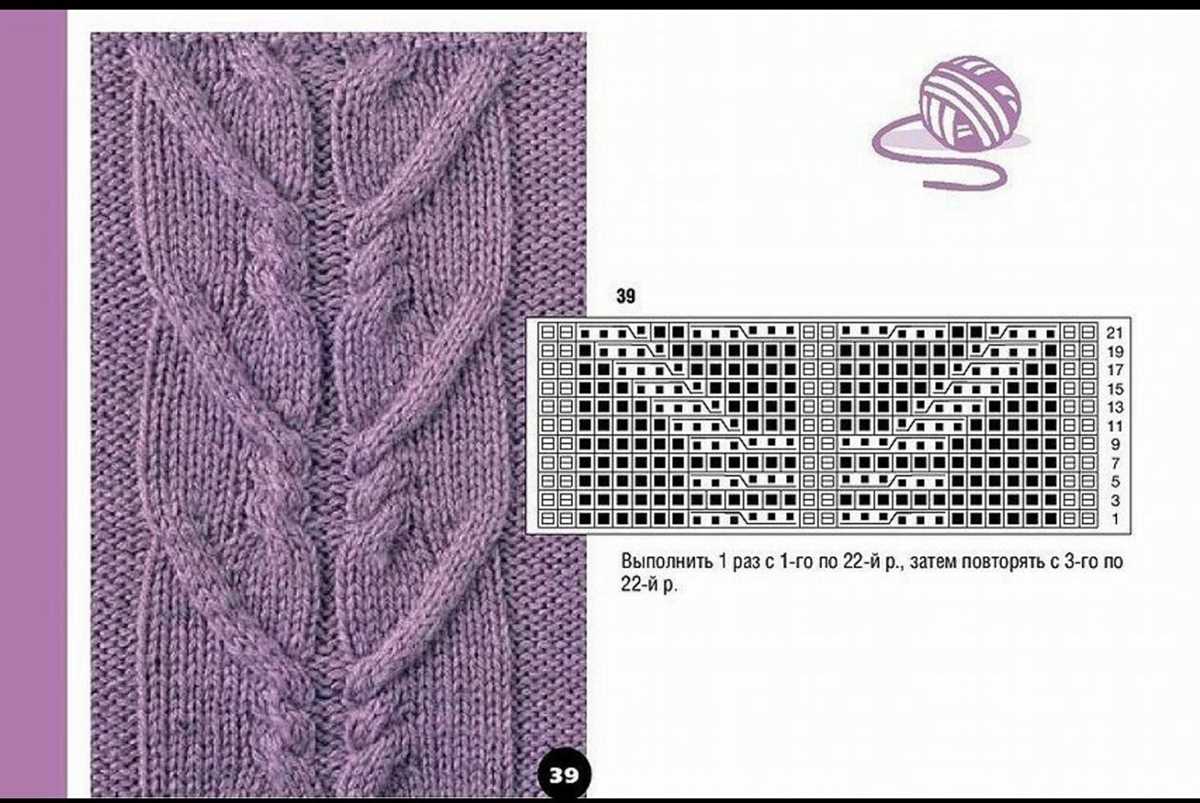
Before diving into the full conversion, it’s always a good idea to create a crochet swatch to test your stitch choices and ensure that the gauge matches the knitting pattern. Use the recommended hook size and yarn to crochet a small sample and measure it against the gauge provided in the knitting pattern. Make any necessary adjustments to achieve the correct gauge.
Follow the knitting pattern with crochet stitches:
Once you’ve made all the necessary preparations, you can start converting the knitting pattern into a crochet pattern stitch by stitch. Use the equivalent crochet stitches you identified earlier to replicate the stitch pattern and follow the shaping and instructions as closely as possible. Refer to the knitting pattern for guidance on any special techniques or stitch combinations.
By following these steps, you’ll be able to successfully convert a knitting pattern to crochet and create beautiful crochet projects inspired by your favorite knitting patterns. Happy crocheting!
Tips and Tricks for Successful Pattern Conversion
Converting a knitting pattern to crochet can be a fun and rewarding challenge. Whether you’re an experienced crocheter looking to try something new or a beginner hoping to expand your skills, here are some tips and tricks to help you successfully convert a knitting pattern to crochet.
1. Choose the Right Yarn and Hook
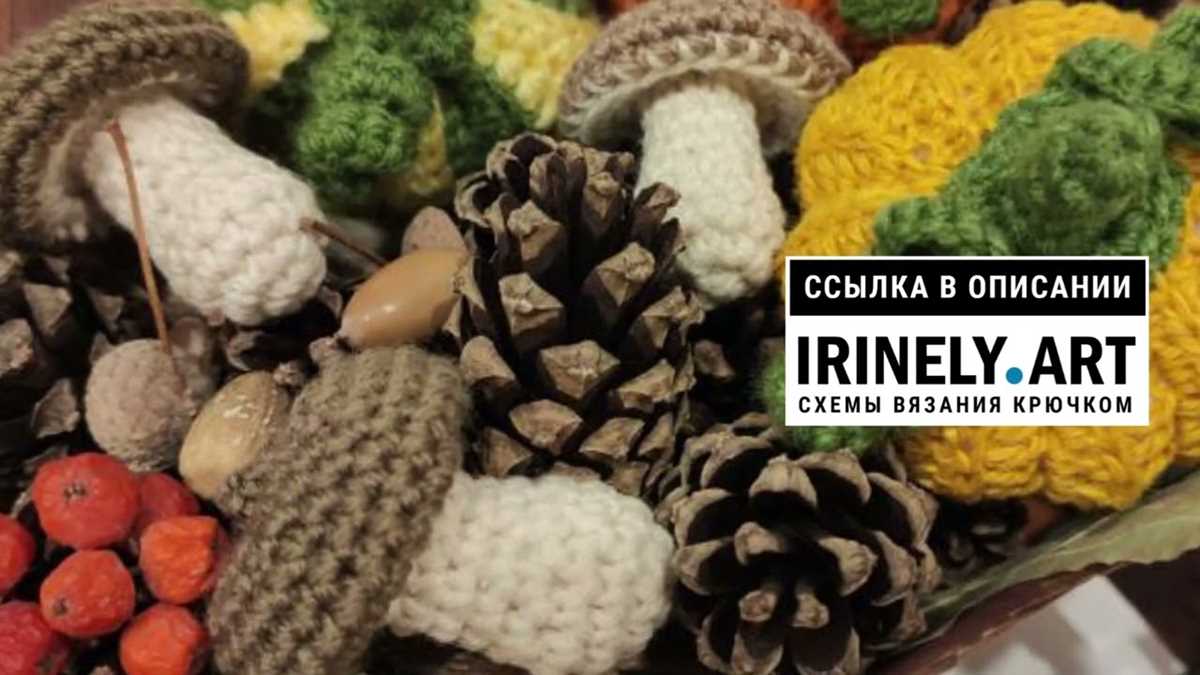
One of the first steps in converting a knitting pattern to crochet is selecting the right yarn and hook. Pay attention to the recommended yarn weight in the knitting pattern and try to find a similar weight in crochet yarn. Additionally, consider the texture and drape of the yarn to ensure it will work well with the crochet stitches. As for the hook, choose a size that matches the recommended gauge in the knitting pattern.
2. Understand the Stitch Structure
Knitting and crochet have different stitch structures, so it’s important to understand how the stitches translate between the two crafts. Take some time to familiarize yourself with the basic crochet stitches and how they compare to knitting stitches. This will help you determine which crochet stitches to use when converting knitting patterns.
3. Take Accurate Measurements
Before starting the pattern conversion, it’s crucial to take accurate measurements of the finished knitted item. This will help you determine the appropriate starting chain length and overall size for your crochet project. Remember to account for any changes in stitch tension between knitting and crochet to ensure a proper fit.
4. Adapt Stitch Patterns and Techniques
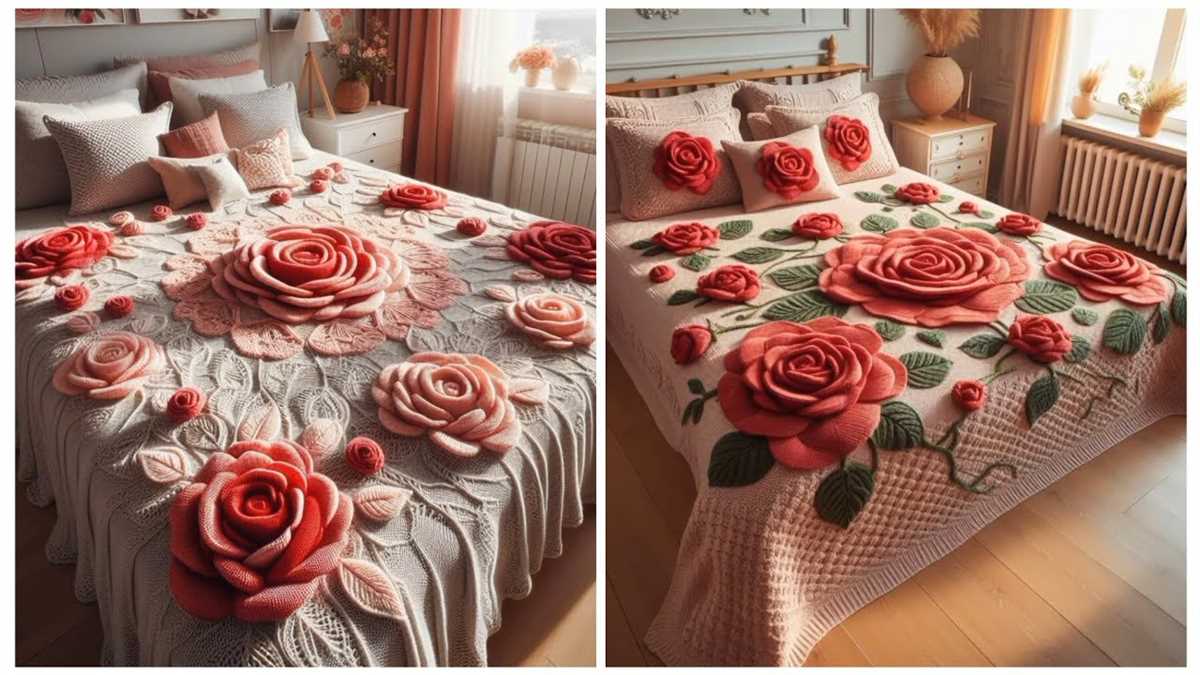
When converting a knitting pattern to crochet, you may need to adapt stitch patterns and techniques to achieve the desired look. Experiment with different crochet stitch combinations to replicate the texture and design elements of the original knitting pattern. You can also incorporate crochet techniques such as post stitches or filet crochet to create unique textures.
5. Consult Crochet Conversion Guides
If you’re not sure how to convert a specific stitch or technique from knitting to crochet, consult crochet conversion guides or online resources. These references can provide valuable insights and instructions for translating knitting patterns into crochet terms. Don’t hesitate to reach out to the crochet community for advice and support.
Converting a knitting pattern to crochet requires some creativity and problem-solving skills, but with these tips and tricks, you’ll be well-equipped to tackle the challenge. Embrace the opportunity to explore new techniques and create beautiful crochet pieces inspired by your favorite knitting patterns.
Common mistakes to avoid when converting knitting patterns
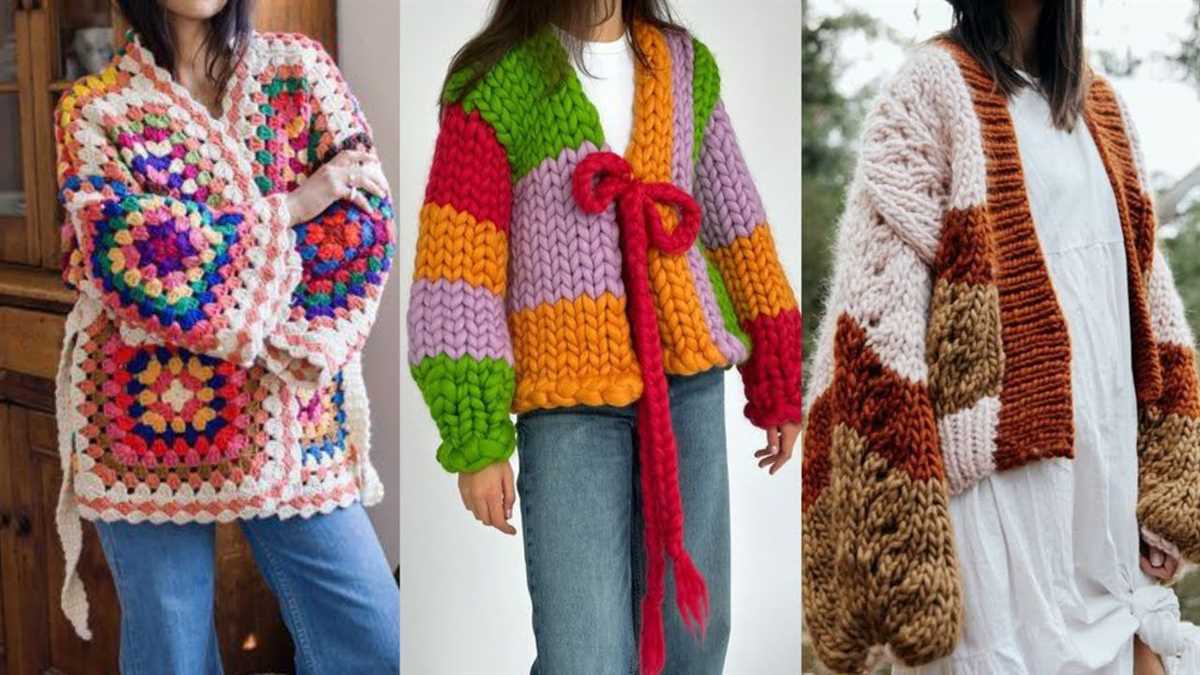
Converting a knitting pattern to crochet can be a challenging task, especially for beginners. However, with a little practice and attention to detail, it is possible to successfully translate a knitting pattern into a crochet pattern. Here are some common mistakes to avoid when converting knitting patterns:
1. Not accounting for gauge differences:
One of the biggest mistakes when converting knitting patterns to crochet is not accounting for gauge differences between the two techniques. Knitting and crochet have different stitch densities and tension, which means that the finished project may turn out smaller or larger than intended if the gauge is not adjusted accordingly. It’s important to swatch and check the gauge before starting the conversion process, and make adjustments as necessary to ensure the final piece matches the measurements in the original knitting pattern.
2. Ignoring stitch structure:
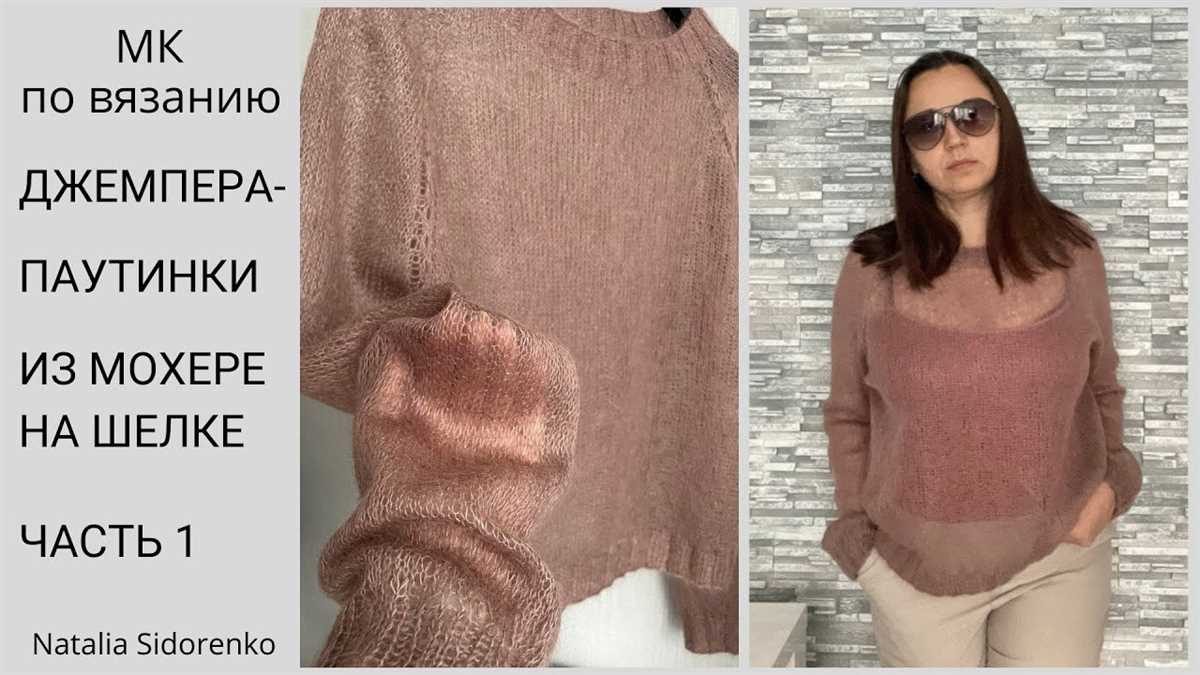
Knitting and crochet have different stitch structures, which means that not all knitting stitches have direct equivalents in crochet. When converting a knitting pattern, it’s important to carefully analyze the stitch pattern and understand how it can be translated into crochet stitches. It’s common to have to make modifications or substitutions to achieve the desired texture or design. Ignoring stitch structure and blindly following the knitting pattern can result in a completely different looking crochet piece.
3. Not adapting shaping techniques:
Knitting and crochet use different techniques for shaping, such as increasing and decreasing stitches. When converting a knitting pattern, it’s important to understand and adapt the shaping techniques to crochet stitches. Not doing so can result in an ill-fitting or misshapen piece. It’s recommended to study and practice different crochet shaping techniques, such as increases and decreases, and experiment to achieve the desired shape and fit.
4. Neglecting stitch count:
In knitting, stitch count is often crucial for achieving the right fit and measurements. When converting a knitting pattern to crochet, it’s important to pay attention to the stitch count and make the necessary adjustments. Neglecting the stitch count can result in a piece that doesn’t match the intended size or fit. It’s recommended to keep track of the stitch count throughout the pattern and make any necessary modifications to ensure the correct stitch count is maintained.
By avoiding these common mistakes and being mindful of gauge, stitch structure, shaping techniques, and stitch count, you can successfully convert a knitting pattern to crochet and create beautiful crocheted pieces based on your favorite knitting designs.
Supporting resources for pattern conversion
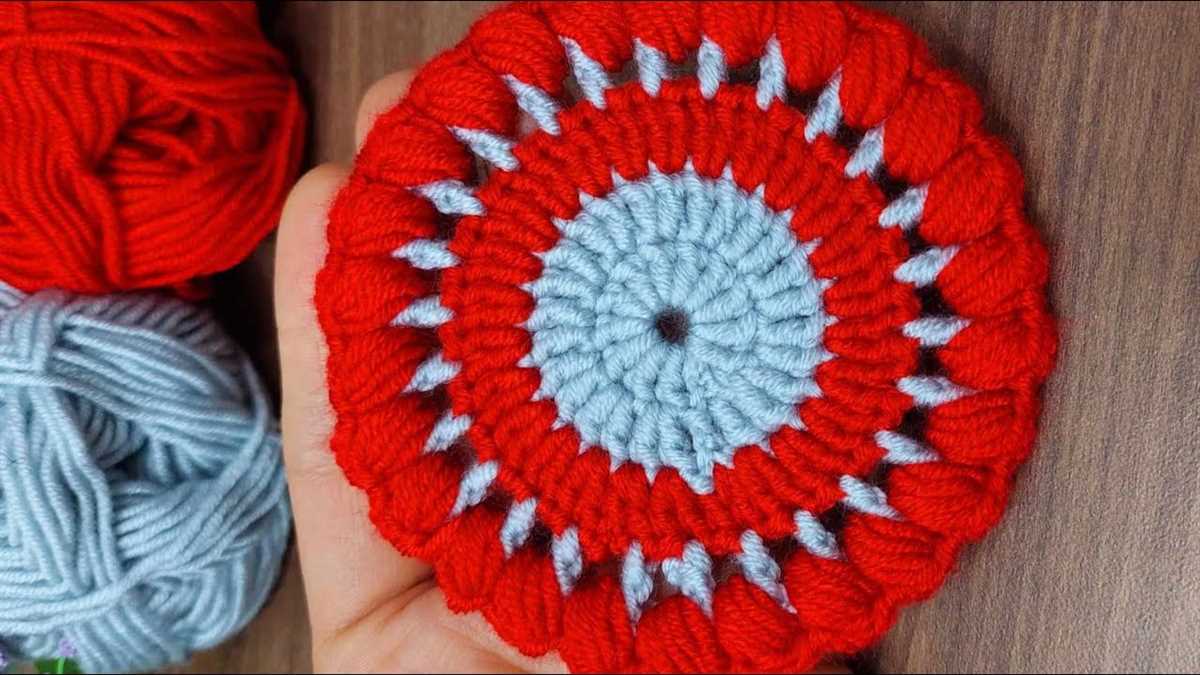
Converting a knitting pattern to crochet may seem like a daunting task, but with the right resources and tools, it can be a fun and rewarding project. Here are some supporting resources that can help you with pattern conversion:
1. Stitch Dictionaries
A stitch dictionary is a collection of different stitch patterns with written instructions and/or charts. This resource is invaluable when converting a knitting pattern to crochet, as it provides you with a wide range of stitch options to choose from. By finding a crochet stitch that is similar in appearance to the knitting stitch in the original pattern, you can create a similar texture and look.
2. Conversion Charts
Conversion charts are handy tools that provide you with the equivalent crochet stitch for a knitting stitch. These charts typically list common knitting stitches and their crochet counterparts, allowing you to easily substitute stitches in the pattern. They also help you understand the differences in stitch height and width between knitting and crochet, which is important for maintaining the correct gauge.
3. Online Communities and Forums
Joining online communities and forums dedicated to crochet can be a great way to get support and guidance when converting a knitting pattern. These platforms often have experienced crocheters who can offer advice, share their own conversions, and provide tips and tricks. You can also ask questions and participate in discussions to gain insights from fellow crocheters.
4. Video Tutorials
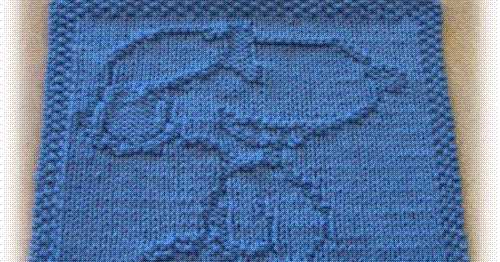
Video tutorials can be a valuable resource for visual learners. Many crochet experts and enthusiasts create video tutorials where they explain and demonstrate various crochet techniques and stitches. By watching these tutorials, you can learn how to execute specific stitches and techniques needed for pattern conversion. These videos often provide step-by-step instructions, making it easier for you to follow along.
With these supporting resources, you’ll have the tools and guidance you need to successfully convert a knitting pattern to crochet. Remember, practice and experimentation are key, so don’t be afraid to try new stitches and techniques to achieve the desired results.
Examples of successfully converted knitting patterns to crochet
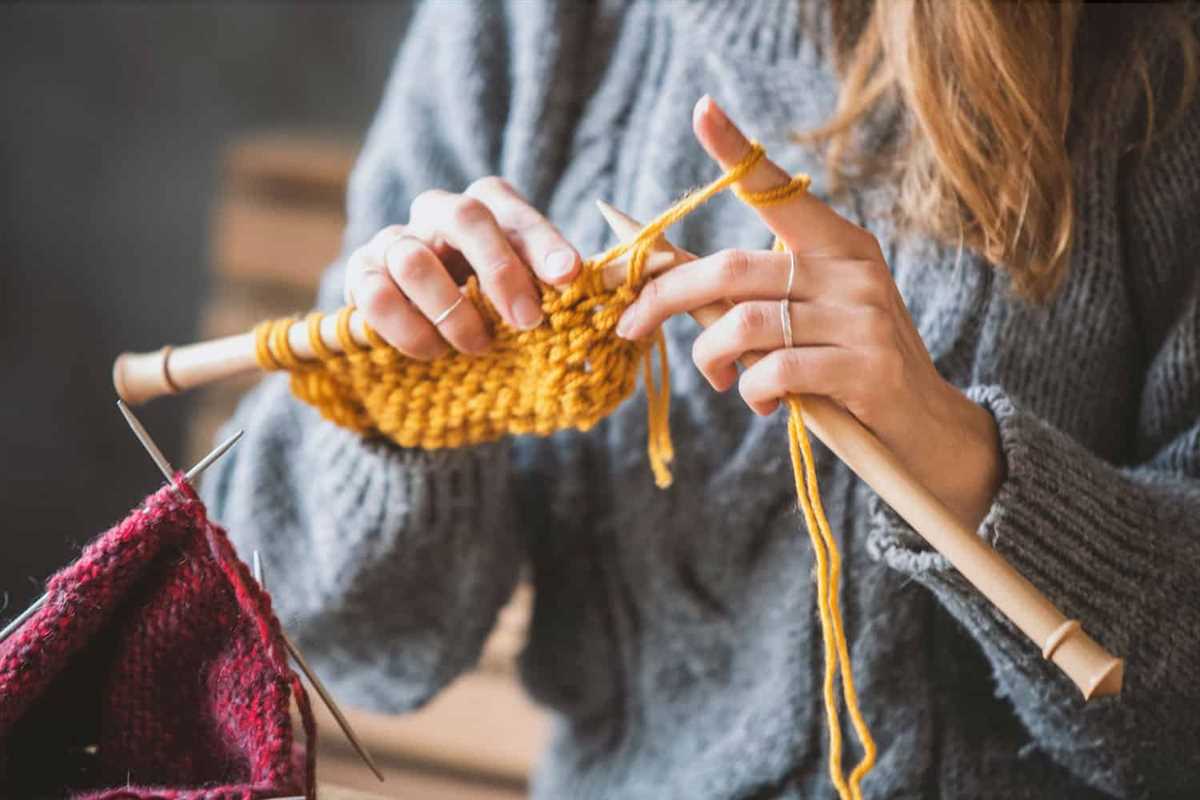
Here are a few examples of knitting patterns that have been successfully converted to crochet:
-
Knitted Hat Pattern: This popular knitting pattern was converted to crochet by substituting knit stitches with crochet stitches. The result was a trendy crochet hat that closely resembled the original knitting pattern.
-
Knitted Scarf Pattern: A complex cable knit scarf pattern was converted to crochet by replicating the cable stitches using crochet post stitches. The intricate patterns and textures were successfully recreated in crochet, resulting in a beautiful crocheted scarf.
-
Knitted Baby Sweater Pattern: A delicate knit baby sweater pattern was converted to crochet by replacing the knit stitches with crochet stitches. The crocheted version was just as soft and cozy, and the intricate lace details were flawlessly recreated using crochet techniques.
These examples demonstrate the versatility and adaptability of crochet when it comes to converting knitting patterns. While some adjustments may be necessary to account for the differences in stitch structure between knitting and crochet, the overall design and aesthetic of the original pattern can be successfully translated to crochet.
With a little creativity and an understanding of both knitting and crochet techniques, it is possible to convert a wide range of knitting patterns to crochet. This allows crocheters to explore and recreate their favorite knitting designs using their preferred craft.